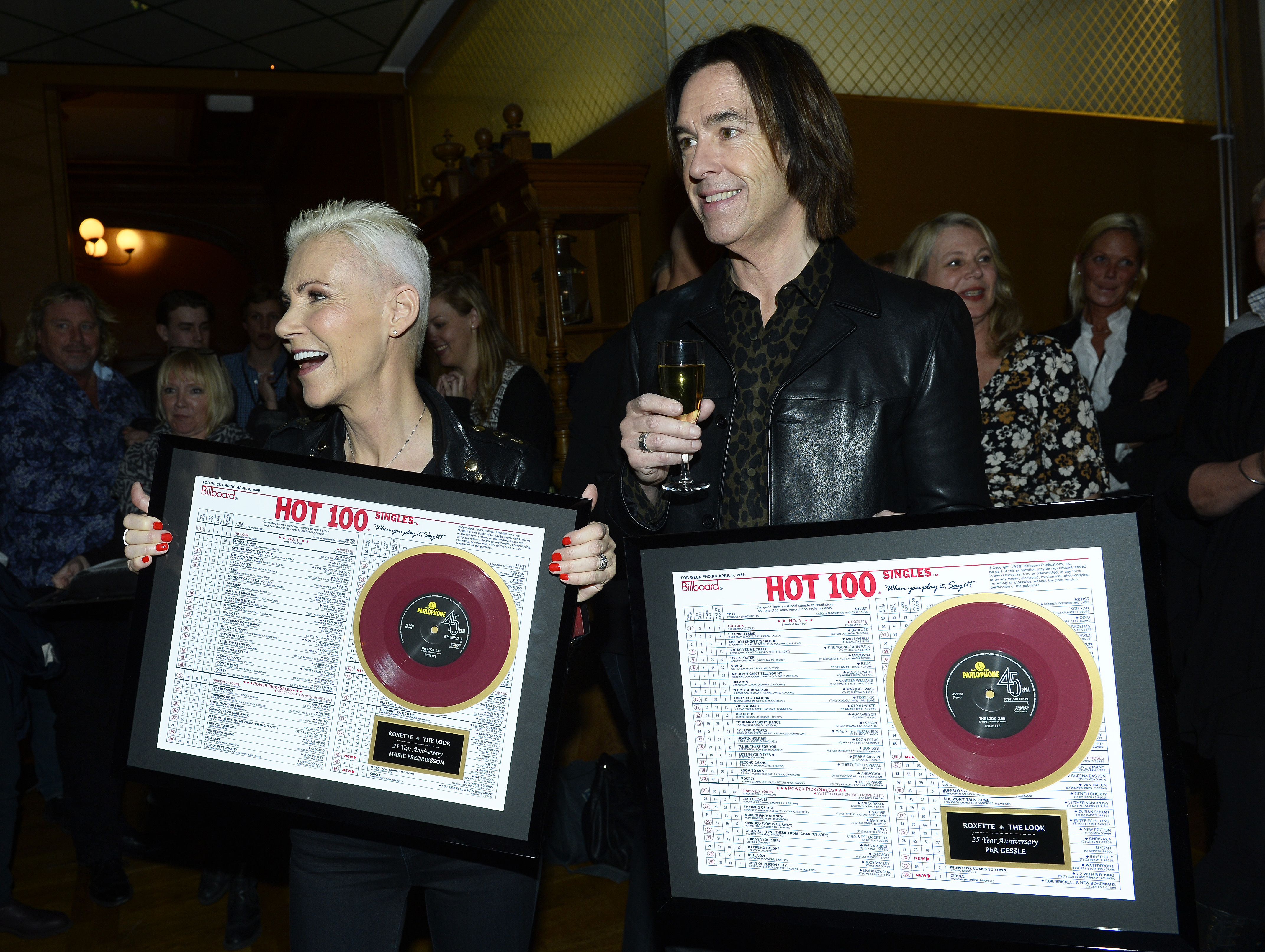|
WGVS (AM)
WSMZ (850 kHz) is an AM radio station in Muskegon, Michigan. It is the oldest radio station in Muskegon. The station is part of the contemporary Christian-formatted Smile FM network. History The station was first authorized on November 3, 1926, under the call sign WKBZ, to Karl L. Ashbacker in Ludington, Michigan. The call sign was randomly assigned from a sequential roster of available call letters. The station initially broadcast on 1170 kHz, moving to 1500 kHz in June 1927. Following the establishment of the Federal Radio Commission (FRC), stations were initially issued a series of temporary authorizations starting on May 3, 1927. In addition, they were informed that if they wanted to continue operating, they needed to file a formal license application by January 15, 1928, as the first step in determining whether they met the new "public interest, convenience, or necessity" standard. On May 25, 1928, the FRC issued General Order 32, which notified 164 stations, in ... [...More Info...] [...Related Items...] OR: [Wikipedia] [Google] [Baidu] |
Muskegon, Michigan
Muskegon ( ) is a city in and the county seat of Muskegon County, Michigan, United States. Situated around a harbor of Lake Michigan, Muskegon is known for fishing, sailing regattas, and boating. It is the most populous city along Lake Michigan's eastern shore. At the 2020 United States census, 2020 census, the city's population was 38,318. The city is administratively autonomous from adjacent Muskegon Township, Michigan, Muskegon Township, and several locations in Muskegon Township and other surrounding townships have Muskegon addresses. Muskegon is the center of the Muskegon metropolitan statistical area, which is coextensive with Muskegon County and had a population of 175,824 as of the 2020 census. It is also part of the larger Grand Rapids, Michigan, Grand Rapids-Kentwood, Michigan, Kentwood-Muskegon-Grand Rapids metropolitan area, combined statistical area. History The name "Muskegon" is derived from the Ottawa dialect, Ottawa , meaning "marshy river or swamp". The "M ... [...More Info...] [...Related Items...] OR: [Wikipedia] [Google] [Baidu] |
Whitehall, Michigan
Whitehall is a city in Muskegon County in the U.S. state of Michigan. The population was 2,909 at the 2020 census. The city is located to the west of Whitehall Township. Montague is its neighbor. History It is located on White Lake (actually the mouth of the White River). Whitehall's recorded history ''circa'' 1859 when Charles Mears, a noted lumber baron to the area, platted the village along with Giles B. Slocum, naming it "Mears". The population continued to grow due to its strategic location for floating and distributing lumber. In 1862, it was renamed "Whitehall" and incorporated as a village in 1867. It was incorporated as a city in 1943. Geography Whitehall is in northwestern Muskegon County, about inland from Lake Michigan. White Lake originally emptied into Lake Michigan through a natural channel (see Logging the White: The White Lake Lumber Industry: 1837-1900 by Daniel J. Yakes, Ph. D. and Steven S. Demos, M.D. ontague, Michigan: Looking Aft Publications, 2010 ... [...More Info...] [...Related Items...] OR: [Wikipedia] [Google] [Baidu] |
Radio Stations Established In 1926
Radio is the technology of communicating using radio waves. Radio waves are electromagnetic waves of frequency between 3 hertz (Hz) and 300 gigahertz (GHz). They are generated by an electronic device called a transmitter connected to an antenna which radiates the waves. They can be received by other antennas connected to a radio receiver; this is the fundamental principle of radio communication. In addition to communication, radio is used for radar, radio navigation, remote control, remote sensing, and other applications. In radio communication, used in radio and television broadcasting, cell phones, two-way radios, wireless networking, and satellite communication, among numerous other uses, radio waves are used to carry information across space from a transmitter to a receiver, by modulating the radio signal (impressing an information signal on the radio wave by varying some aspect of the wave) in the transmitter. In radar, used to locate and track objects like air ... [...More Info...] [...Related Items...] OR: [Wikipedia] [Google] [Baidu] |
Christian Radio Stations In Michigan
A Christian () is a person who follows or adheres to Christianity, a monotheistic Abrahamic religion based on the life and teachings of Jesus Christ. Christians form the largest religious community in the world. The words ''Christ'' and ''Christian'' derive from the Koine Greek title (), a translation of the Biblical Hebrew term ''mashiach'' () (usually rendered as ''messiah'' in English). While there are diverse interpretations of Christianity which sometimes conflict, they are united in believing that Jesus has a unique significance. The term ''Christian'' used as an adjective is descriptive of anything associated with Christianity or Christian churches, or in a proverbial sense "all that is noble, and good, and Christ-like." According to a 2011 Pew Research Center survey, there were 2.3 billion Christians around the world, up from about 600 million in 1910. Today, about 37% of all Christians live in the Americas, about 26% live in Europe, 24% live in sub-Saharan Africa, ab ... [...More Info...] [...Related Items...] OR: [Wikipedia] [Google] [Baidu] |
WGVU-FM
WGVU-FM is an NPR member station serving Grand Rapids, Michigan. Owned by Grand Valley State University, it is simulcast in West Michigan. The main broadcast frequency is 88.5 MHz, which is licensed to Allendale, the Grand Rapids suburb that is home to Grand Valley State's main campus. It is simulcast on WGVS-FM 95.3 MHz, which is licensed to Whitehall and serves Muskegon. The format is talk radio from NPR, along with jazz. History WGVU-FM began broadcasting on July 17, 1983, as WGVC-FM, owned by what was then Grand Valley State College. The station had originally operated (1974–1982) as student-run WSRX, with an alternative rock format. It was the first locally-focused NPR station in Grand Rapids. It was West Michigan's fourth full NPR member, joining WVGR, a repeater of WUOM-FM in Ann Arbor (now known as Michigan Public), WMUK in Kalamazoo, and WBLV in Muskegon. As a legacy of its time as a campus radio station, WGVU-FM operates at 4,000 watts from its trans ... [...More Info...] [...Related Items...] OR: [Wikipedia] [Google] [Baidu] |
WGVU-TV
WGVU-TV (channel 35) and WGVK (channel 52) are PBS member television stations licensed respectively to Grand Rapids and Kalamazoo, Michigan, United States, serving West Michigan. The stations are owned by Grand Valley State University and maintain studios in the Meijer Public Broadcast Center, located in the Eberhard Center on the GVSU Robert C. Pew Campus in downtown Grand Rapids. WGVU's transmitter is located near the GVSU main campus in Allendale, while WGVK's transmitter is in Kalamazoo's Westwood neighborhood. Channel 35 was the first to begin broadcasting as WGVC-TV on December 17, 1972. Owned by what was then Grand Valley State College, it represented a partnership between the educational institution and a community group that had been seeking to establish a public TV station for the area for five years. Kalamazoo was on the periphery of the WGVC-TV service area, and WGVK was established in 1984 to provide a higher-quality signal to southern portions of the region. Th ... [...More Info...] [...Related Items...] OR: [Wikipedia] [Google] [Baidu] |
Record Chart
A record chart, in the music industry, also called a music chart, is a ranking of Sound recording and reproduction, recorded music according to certain criteria during a given period. Many different criteria are used in worldwide charts, often in combination. These include record sales, the amount of radio airplay, the number of music download, downloads, and the amount of streaming media, streaming activity. Some charts are specific to a particular musical genre and most to a particular geographical location. The most common period covered by a chart is one week with the chart being printed or broadcast at the end of this time. Summary charts for years and decades are then calculated from their component weekly charts. Component charts have become an increasingly important way to measure the commercial success of individual songs. A common format of radio and television programs is to run down a music chart. History The first record chart was founded in 1952 by Percy Dick ... [...More Info...] [...Related Items...] OR: [Wikipedia] [Google] [Baidu] |
Easy Listening
Easy listening (including mood music) is a popular music genre and radio format that was most popular during the 1950s to the 1970s. It is related to middle of the road (MOR) music and encompasses instrumental recordings of standards, hit songs, non- rock vocals and instrumental covers of selected popular rock songs. It mostly concentrates on music that pre-dates the rock and roll era, characteristically on music from the 1940s and 1950s. It was differentiated from the mostly instrumental beautiful music format by its variety of styles, including a percentage of vocals, arrangements and tempos to fit various parts of the broadcast day. Easy listening music is often confused with lounge music, but while it was popular in some of the same venues it was meant to be listened to for enjoyment rather than as background sound. History The style has been synonymous with the tag "with strings". String instruments had been used in sweet bands in the 1930s and was the dominant s ... [...More Info...] [...Related Items...] OR: [Wikipedia] [Google] [Baidu] |
Traditional Pop
Traditional pop (also known as vocal pop or pre-rock and roll pop) is Western culture, Western pop music that generally pre-dates the advent of rock and roll in the mid-1950s. The most popular and enduring songs from this era of music are known as pop standards or American standards. The works of these songwriters and composers are usually considered part of the canon known as the "Great American Songbook". More generally, the term "Standard (music), standard" can be applied to any popular song that has become very widely known within mainstream culture and recorded by many artists. AllMusic defines traditional pop as "post-big band and pre-rock & roll pop music". Origins Classic pop includes the song output of the Broadway theatre, Broadway, Tin Pan Alley, and Hollywood show tune writers from approximately World War I to the 1950s, such as Irving Berlin, Frederick Loewe, Victor Herbert, Harry Warren, Harold Arlen, Jerome Kern, George Gershwin and Ira Gershwin, Richard Rodgers ... [...More Info...] [...Related Items...] OR: [Wikipedia] [Google] [Baidu] |
Big Band
A big band or jazz orchestra is a type of musical ensemble of jazz music that usually consists of ten or more musicians with four sections: saxophones, trumpets, trombones, and a rhythm section. Big bands originated during the early 1910s and dominated jazz in the early 1940s when swing music, swing was most popular. The term "big band" is also used to describe a genre of music, although this was not the only style of music played by big bands. Big bands started as accompaniment for dancing the Lindy Hop. In contrast to the typical jazz emphasis on improvisation, big bands relied on written compositions and arrangements. They gave a greater role to bandleaders, arrangers, and sections of instruments rather than soloists. Instruments Big bands generally have four sections: trumpets, trombones, saxophones, and a rhythm section of guitar, piano, double bass, drums and sometimes vibraphone or other percussion. The division in early big bands, from the 1920s to 1930s, was typicall ... [...More Info...] [...Related Items...] OR: [Wikipedia] [Google] [Baidu] |
Oldies
Oldies is a term for musical genres such as pop music, rock and roll, doo-wop, surf music from the second half of the 20th century, specifically from around the mid-1950s to the 1980s, as well as for a radio format playing this music. Since 2000, 1970s music has been increasingly included in this genre. " Classic hits" have been seen as a successor to the oldies format on the radio, with music from the 1980s serving as the core example. Description This category includes styles as diverse as doo-wop, early rock and roll, novelty songs, bubblegum music, folk rock, psychedelic rock, baroque pop, surf music, soul music, rhythm and blues, classic rock, some blues and some country music. Golden Oldies usually refers to music exclusively from the 1950s and 1960s. Oldies radio typically features artists such as Elvis Presley, Chuck Berry, The Beatles, Jerry Lee Lewis, The Beach Boys, Frankie Avalon, The Four Seasons, Paul Anka, Neil Sedaka, Little Richard and Sam Cooke ... [...More Info...] [...Related Items...] OR: [Wikipedia] [Google] [Baidu] |
WKBZ
WKBZ (1090 AM) is a news/talk radio station in Muskegon, Michigan owned by iHeartMedia, Inc. History The current WKBZ is the former WMUS. WMUS began operations in 1947 and became the second radio station serving Muskegon, after the original WKBZ (today's WSMZ); it began as a general-interest independent variety station featuring Associated Press newscasts. WMUS also inaugurated the first FM broadcasts in Muskegon in the summer of 1947, just a few months after the AM signed on, with WMUS-FM at 100.5; the FM station was dark by the start of the 1950s but came back on at its current frequency in 1962. WMUS moved into a MOR/ beautiful music format in the early 1960s, promoting itself as "the AM station with the FM sound"1. Then in 1965, WMUS changed format to country music Country (also called country and western) is a popular music, music genre originating in the southern regions of the United States, both the American South and American southwest, the Southwest. First ... [...More Info...] [...Related Items...] OR: [Wikipedia] [Google] [Baidu] |





